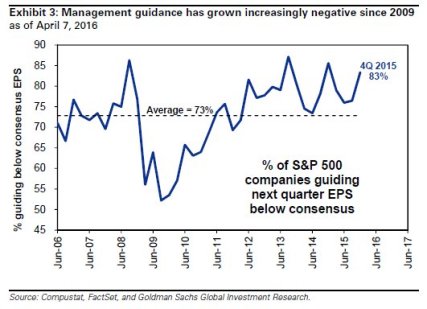
From FT (via the Coppo Report at Bell Potter):
China’s leaders need to look beyond the current solutions being floated to tackle the country’s mounting corporate debt problems and come up with a bigger plan to do so, the International Monetary Fund’s top China expert has warned. The IMF has been expressing growing concern about China’s debt issues and pushing for an urgent response by Beijing to what the fund sees as a serious problem for the Chinese economy. It warned in a report earlier this month that $1.3tn in corporate debt — or almost one in six of the business loans on Chinese banks’ books — was owed by companies who brought in less in revenues than they owed in interest payments alone. In a paper published on Tuesday, James Daniel, the fund’s China mission chief, and two coauthors, went further and warned that Beijing needed a comprehensive strategy to tackle the problem. They warned that the two main responses Beijing was planning to the problem — debt-for-equity swaps and the securitization of nonperforming loans — could in fact make the problem worse if underlying issues were not dealt with. The plan for debt for equity swaps could end up offering a temporary lifeline to unviable state owned companies, they warned. It could also leave them managed by state owned banks or other officials with little experience in doing so.
Bad debt is bad debt …… and nonproductive assets are nonproductive assets. Financial window-dressing like securitization or debt-for-equity swaps will not change this. The assets are still unproductive. Effectively, China has to stump up $1.3 trillion to re-capitalize its banks. And that may be the tip of the iceberg.















